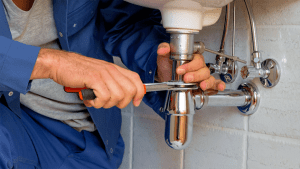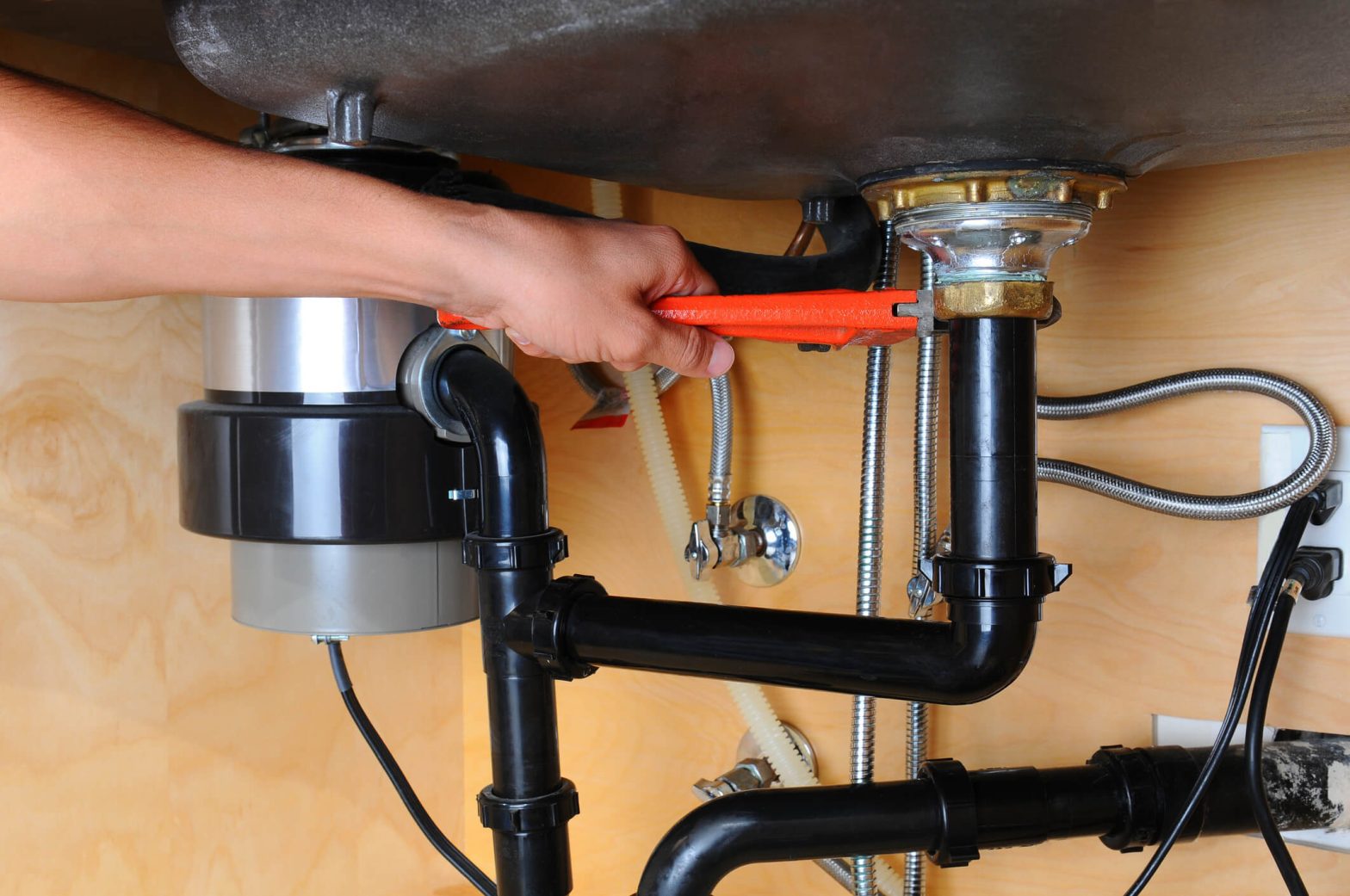Fixing Common Plumbing Problems: A Comprehensive Guide
Plumbing issues are a common occurrence in households, and while some problems require professional intervention, others can be addressed with a bit of knowledge and the right tools. This guide will cover some of the most common plumbing problems, how to diagnose them, and step-by-step instructions for fixing them. By being proactive, you can save time and money on plumbing repairs.
1. Leaky Faucets
One of the most frequent plumbing problems homeowners encounter is a leaky faucet. Not only can it be annoying, but it can also waste a significant amount of water over time.
Identifying the Cause
Leaky faucets are often caused by worn-out washers, O-rings, or seals. To determine the source of the leak, follow these steps:
- Turn off the water supply to the faucet.
- Remove the faucet handle by unscrewing it.
- Inspect the washer and O-rings for signs of wear or damage.
Fixing the Leak
Once you identify the cause, you can replace the faulty components:
- Purchase the correct replacement parts from a hardware store.
- Install the new washer or O-ring, ensuring a snug fit.
- Reassemble the faucet and turn on the water supply to test for leaks.
2. Clogged Drains
Clogged drains are another common issue that can lead to slow drainage and unpleasant odors.
Identifying the Cause
Clogs can be caused by hair, soap residue, food particles, and other debris. To determine the severity of the clog:
- Check the sink, tub, or shower for visible obstructions.
- Use a plunger to see if you can dislodge the clog.
Fixing the Clog
If the plunger doesn’t work, you can try the following methods:
- Using a Drain Snake: Insert a drain snake into the drain and twist it to break up the clog.
- Homemade Drain Cleaner: Pour a mixture of baking soda and vinegar down the drain. Let it sit for 30 minutes, then flush with hot water.
3. Running Toilets
A running toilet can waste a significant amount of water and drive up your water bill.
Identifying the Cause
Common causes of a running toilet include a faulty flapper, improperly adjusted float, or a broken fill valve. To diagnose the issue:
- Remove the tank lid and inspect the components.
- Flush the toilet and observe the flapper and float mechanism.
Fixing the Toilet
To fix a running toilet, follow these steps:
- If the flapper is worn, replace it with a new one.
- Adjust the float arm so that it stops the water at the appropriate level.
- If the fill valve is defective, consider replacing it altogether.
4. Low Water Pressure
Low water pressure can be frustrating, especially when showering or washing dishes.
Identifying the Cause
Low water pressure can be caused by a variety of factors, including clogged pipes, mineral buildup, or issues with the municipal water supply.
Fixing Low Water Pressure
Here are steps to help resolve low water pressure issues:
- Check the Faucet Aerator: Unscrew the aerator from the faucet and clean it to remove any debris.
- Inspect the Pressure Regulator: If your home has a pressure regulator, ensure it is functioning properly.
- Contact Your Water Supplier: If the problem persists, check with your local water supplier for any ongoing issues.
5. Burst Pipes
Burst pipes can cause significant damage to your home and require immediate attention.

Identifying the Cause
Common causes of burst pipes include freezing temperatures, excessive pressure, or corrosion. Signs of a burst pipe include:
- Unexplained wet spots on walls or ceilings
- Sudden drops in water pressure
- Water pooling on the floor
Fixing Burst Pipes
If you discover a burst pipe, take immediate action:
- Shut off the main water supply to prevent further flooding.
- Drain any remaining water from the pipes by opening faucets.
- Call a professional plumber for repairs, as this job typically requires specialized skills.
6. Water Heater Issues
Water heater problems can disrupt your daily routine, making it crucial to address them promptly.
Identifying the Cause
Common water heater issues include insufficient hot water, strange noises, or leaks. To diagnose the problem:
- Check the thermostat settings.
- Inspect for leaks around the unit.
- Listen for unusual sounds like popping or rumbling.
Fixing Water Heater Problems
Here are some solutions for common water heater issues:
- If the water isn’t hot enough, adjust the thermostat to a higher setting.
- For leaks, check the connections and tighten them if necessary.
- If you hear unusual noises, consider flushing the tank to remove sediment buildup.
Conclusion
Being proactive about common plumbing problems can save you time, money, and stress. While some issues can be fixed with DIY methods, don’t hesitate to call a professional plumber for complex problems or emergencies. Regular maintenance and inspections can also help prevent many plumbing issues from arising in the first place. By following the tips in this guide, you can keep your plumbing system functioning smoothly and efficiently.

